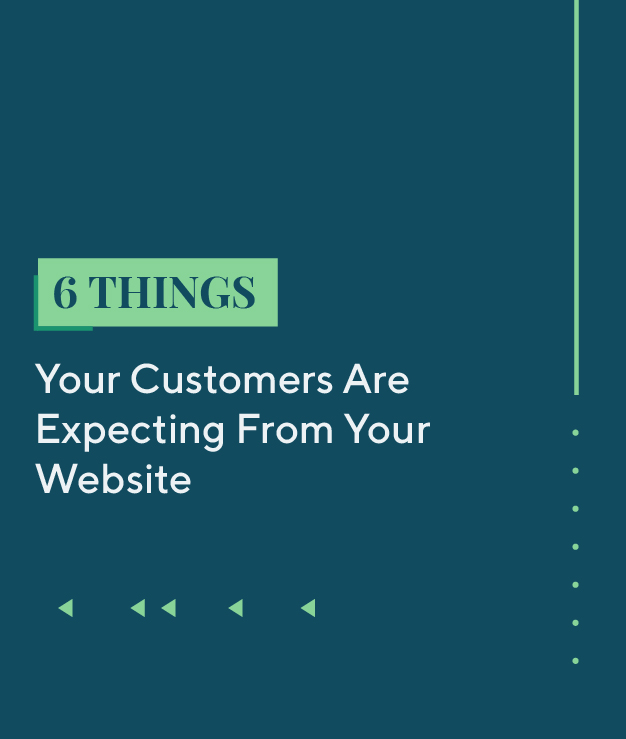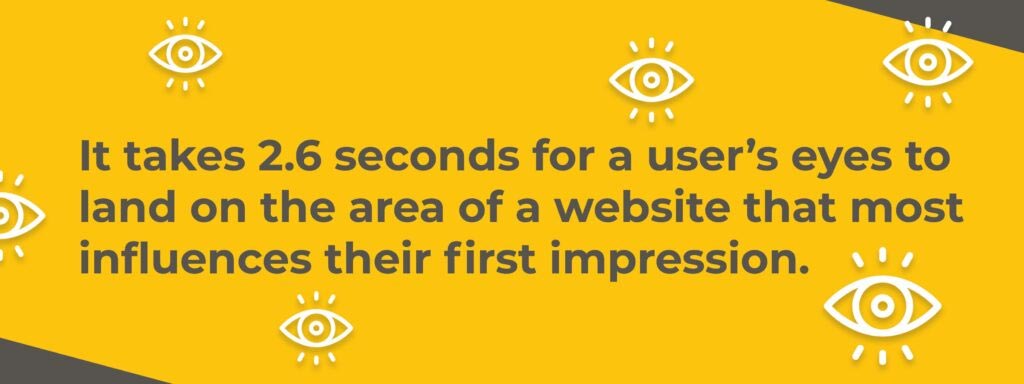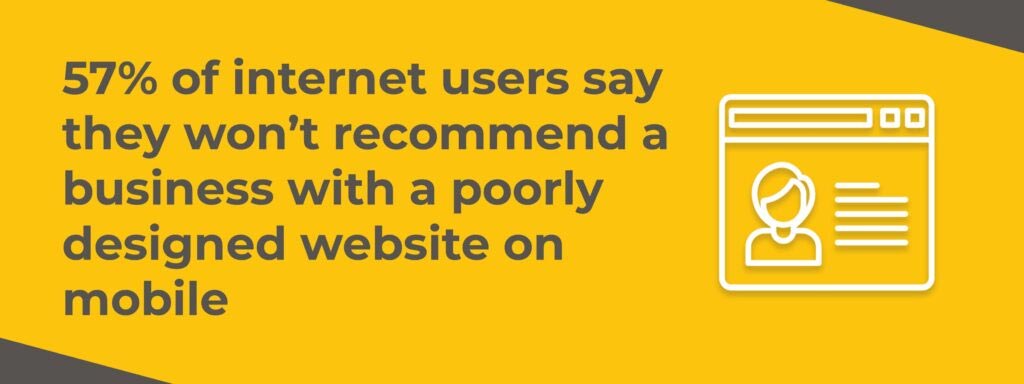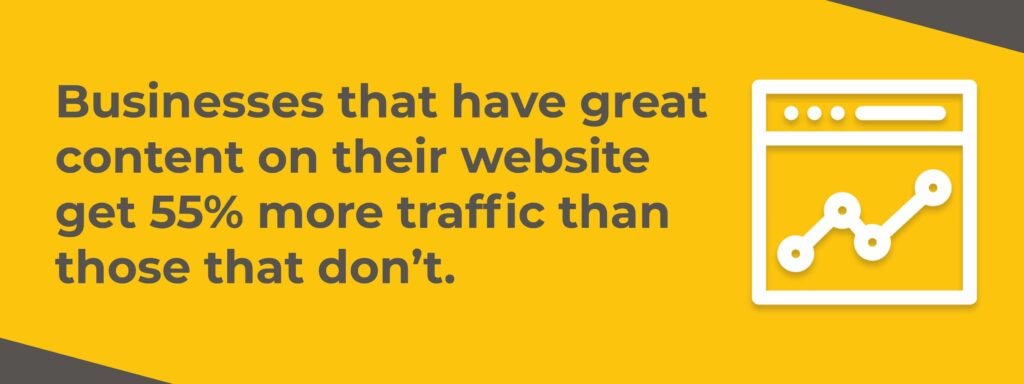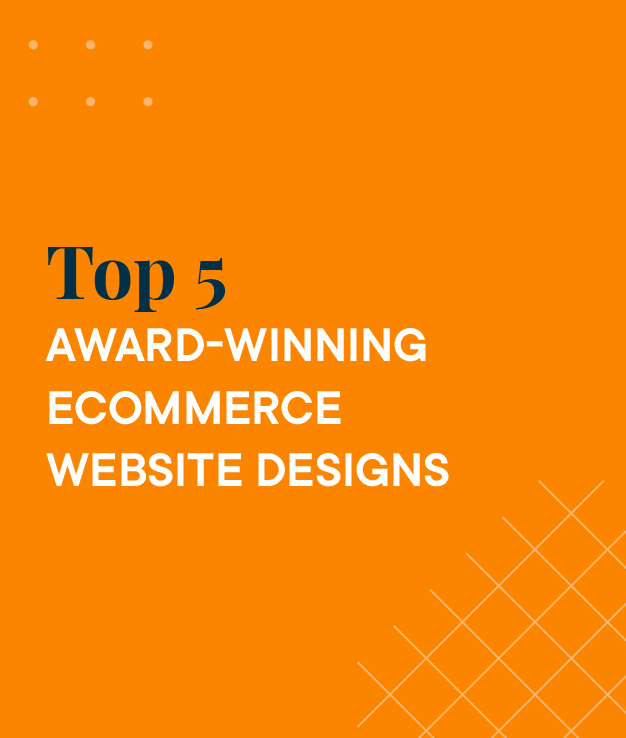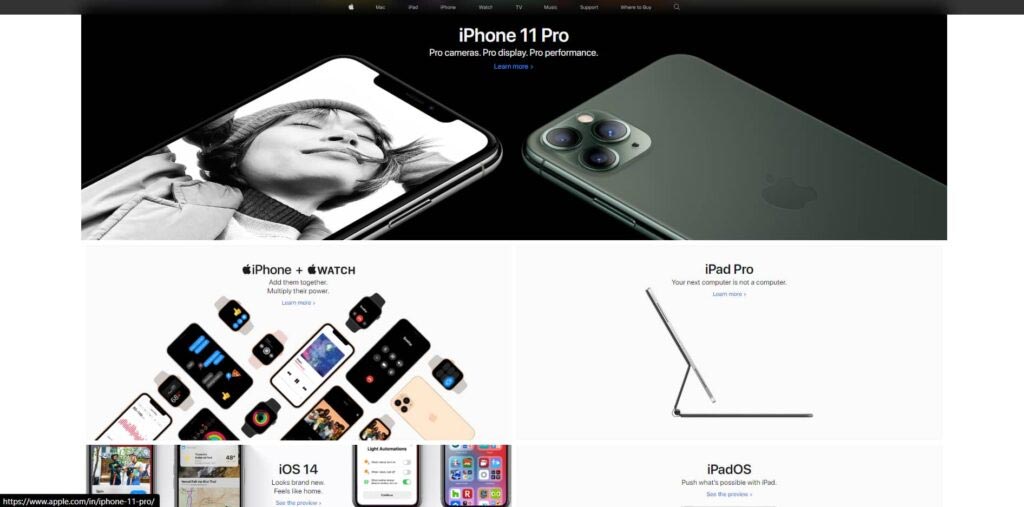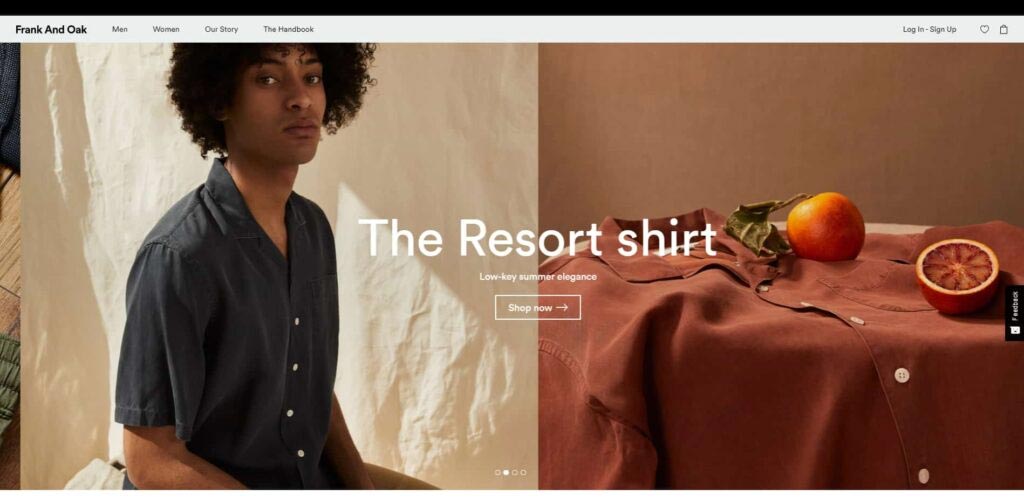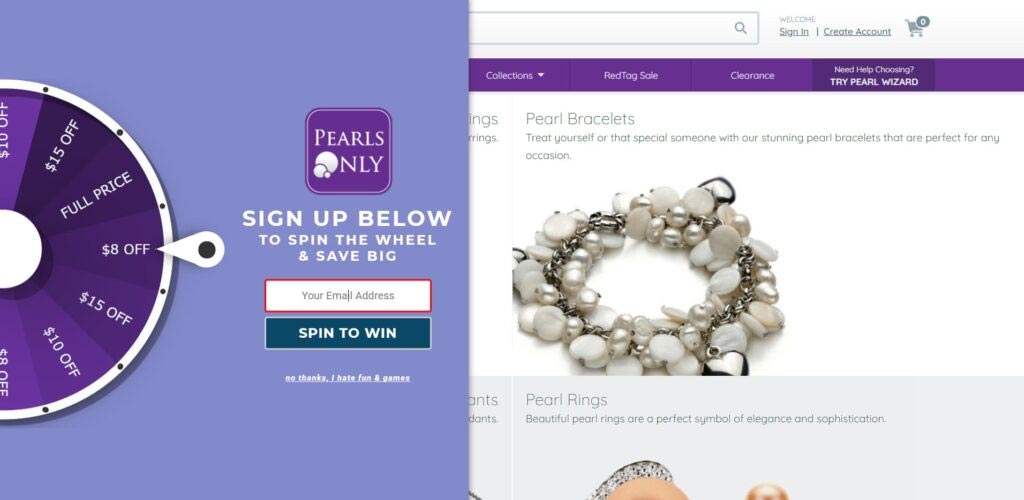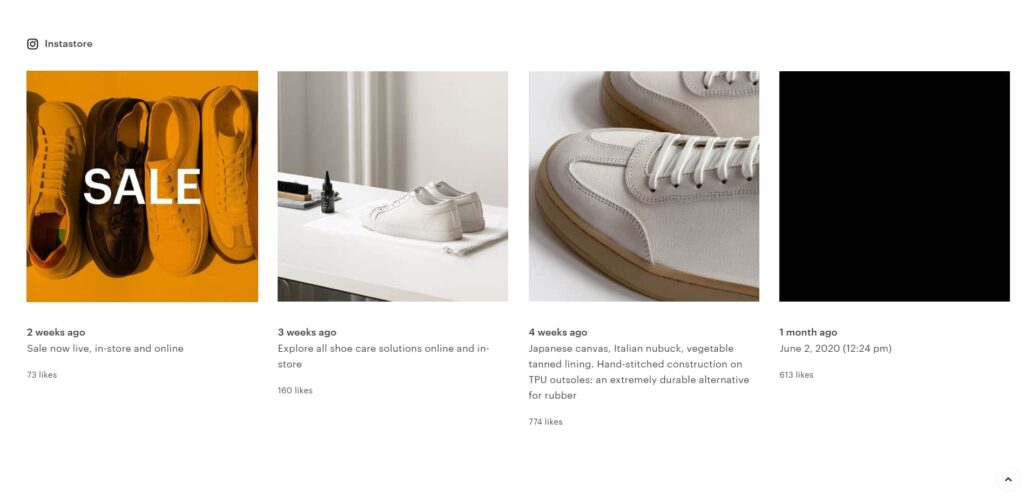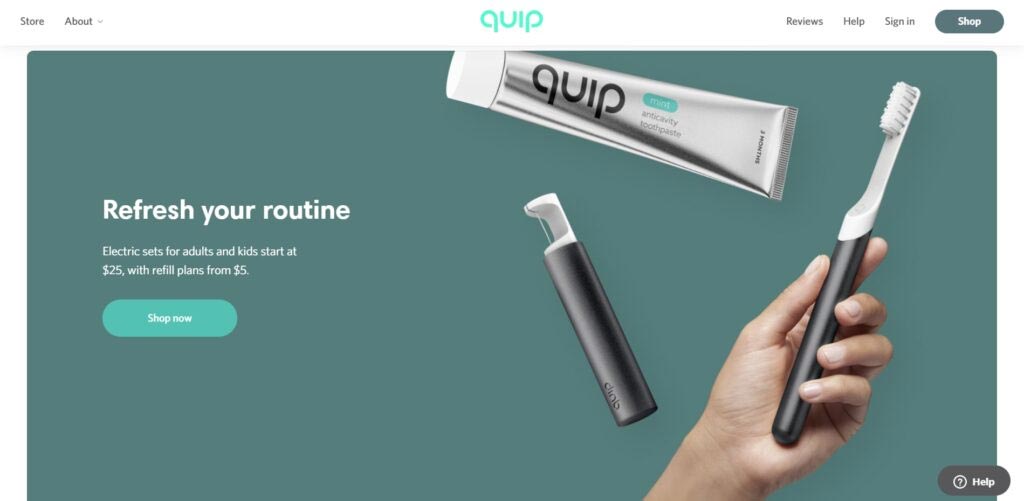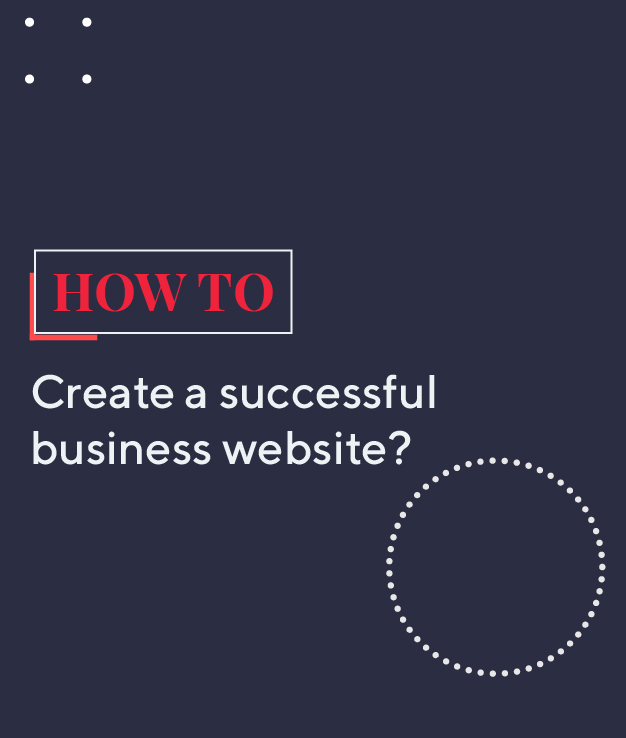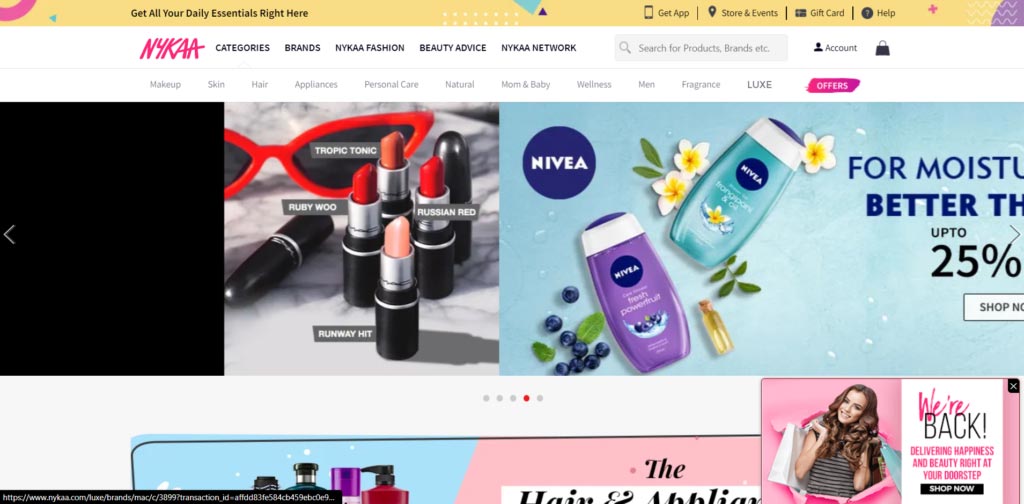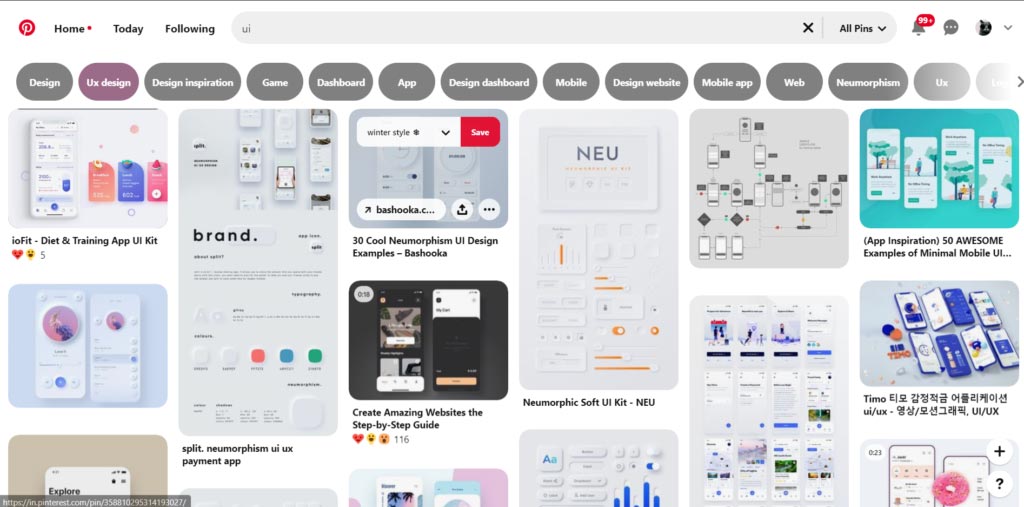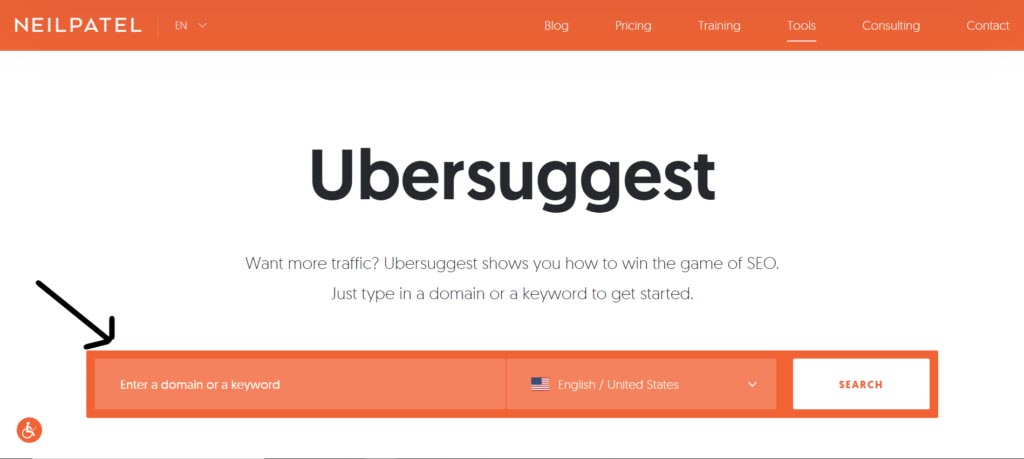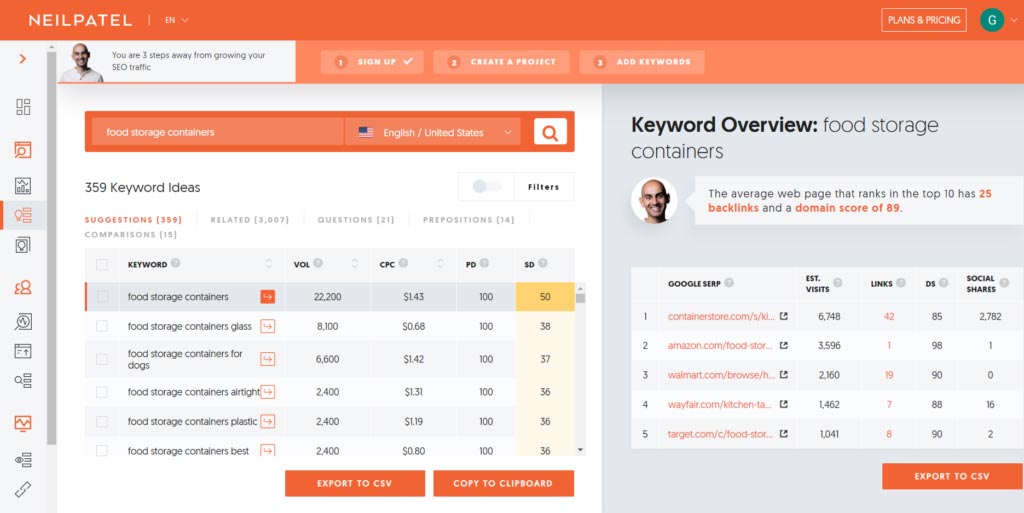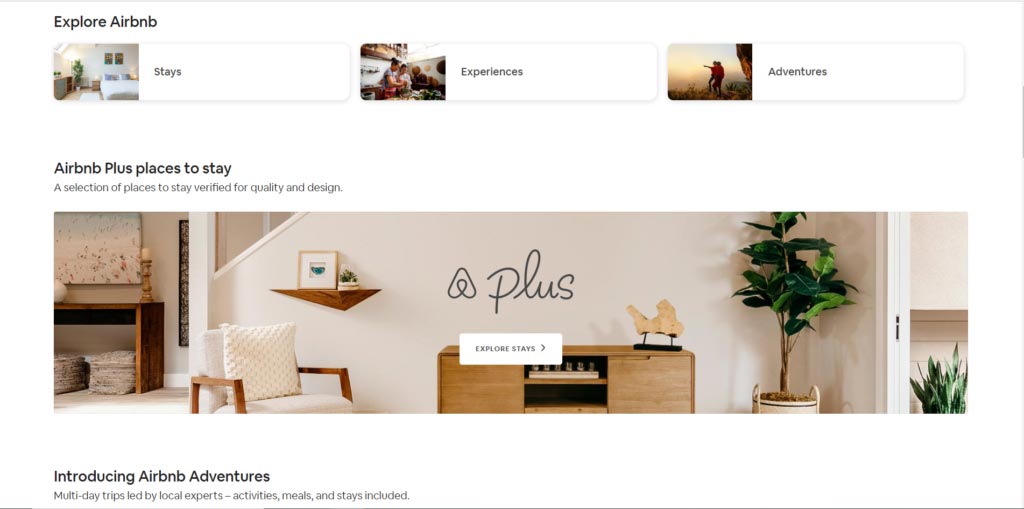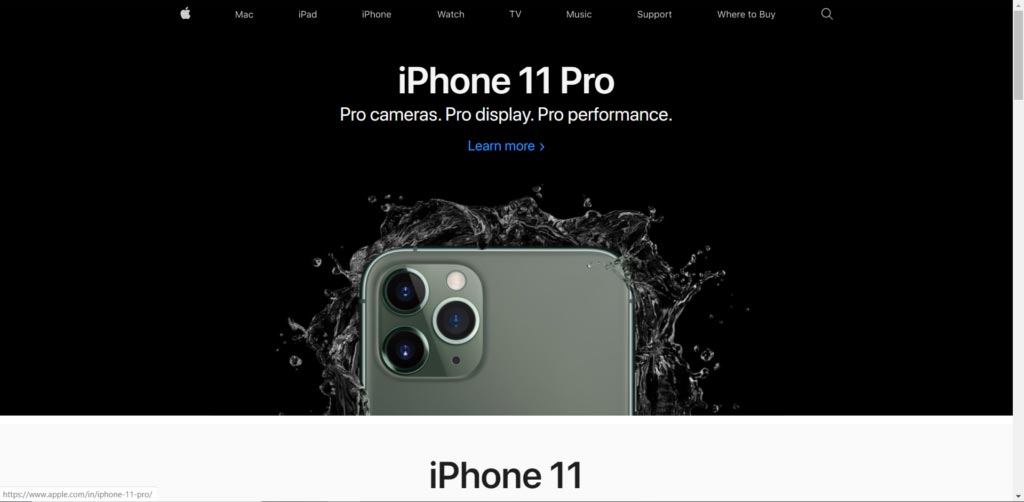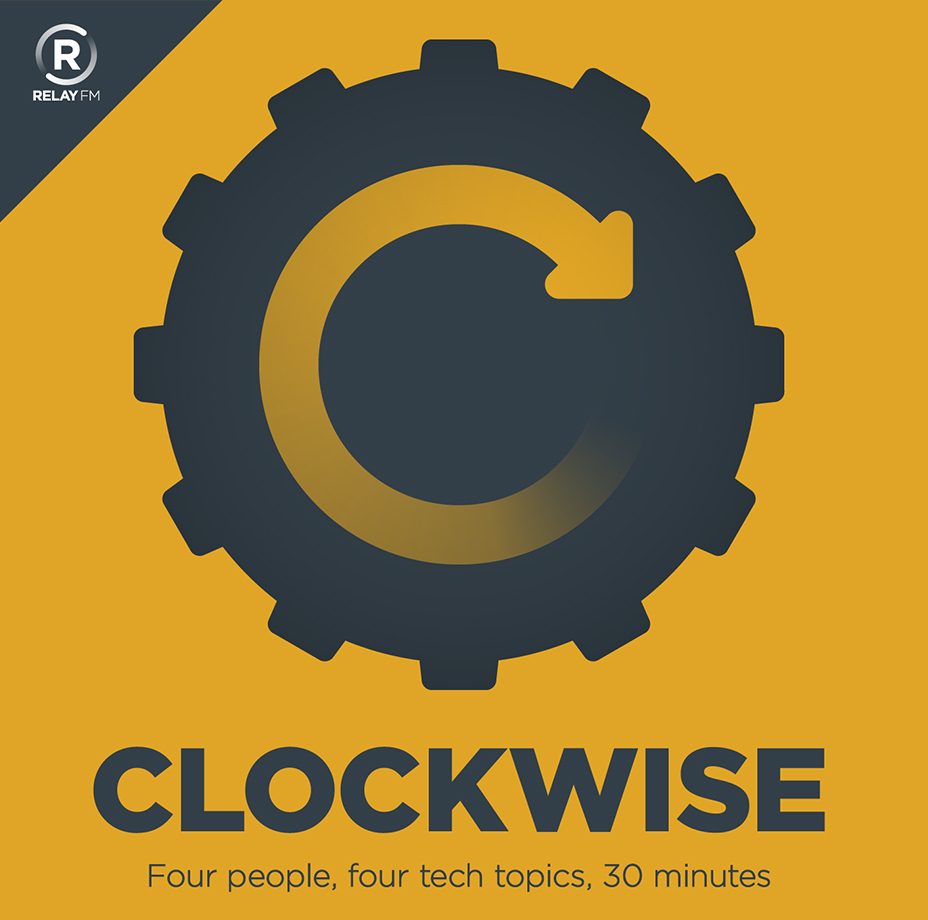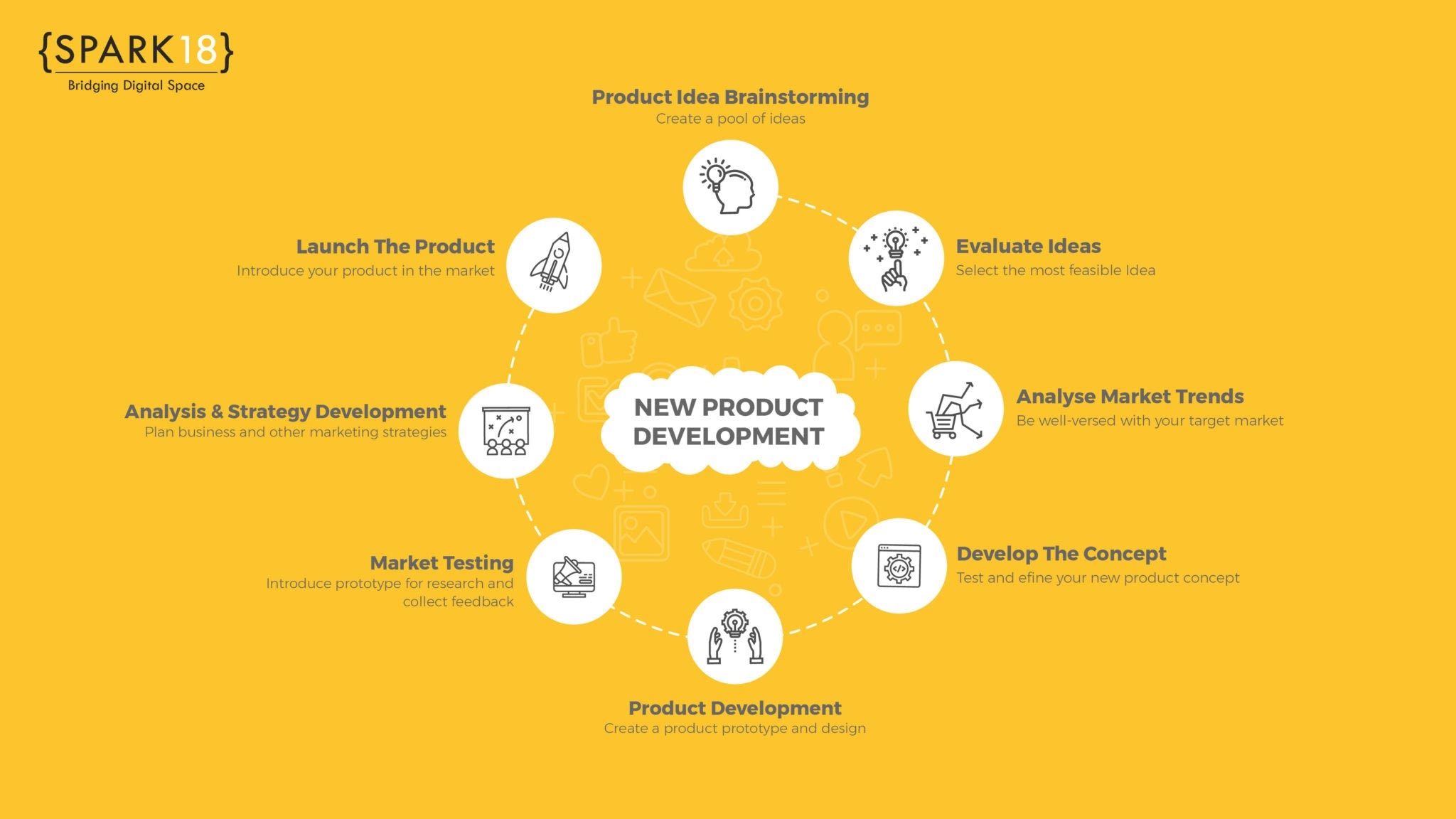As an entrepreneur or a business owner, you dream of your startup becoming the next Apple or Amazon. The harsh reality is that not all startups get to share their success stories. Here we will talk about why startups fail and how you can make yours succeed.
Table of Content:
- Overlooking the current market needs
- Not passionate or committed to the idea
- Startups run out of cash
- Not following a plan
- Spending all resources too soon

Look at the above statement. Do you wonder what can be the reason behind this?
This can be due to bad luck, or the sour market. In fact, there have been various researches and studies available online. Most of these mistakes can be avoided by taking strong steps at the very beginning of your business.
Here we’ve listed down a list of 5 reasons why most startups fail and how can you avoid them in order to succeed.
1. Overlooking the current market needs
After analyzing 101 start-ups failing post-mortems, CB Insights cited “not serving the market need” as the No. 1 reason for failure in 42% cases. That’s almost half of the number. So, what exactly does this mean?
This means that your products or services may not relate to the current needs or desires of your target market.
Successful startups identify beforehand if a segment of consumers is being served by existing providers or not. If not, then they develop and promote products and services to fill that gap.
How to avoid this?
There is one simple concept to tackle this problem and that is product differentiation.
Wonder why in a market full of Android products, people go gaga about a new iPhone from Apple every year? It’s the simple interface and sleek design that differentiates iPhones from every other product available in the market.
Similarly, a consumer choosing to order a product from Amazon rather than going to a nearby store to purchase the same thing is another example of a difference in the offering.
The market can be overcrowded with companies fixing problems the same way as you are. What it really needs is how you can differentiate yourself from what you offer.
If startups fail to analyze and test products in the market before launching it, then they may face the risk of shutting down forever.
Product differentiation is not only imperative to survive in a competitive market, but also creates value and help in defending a high-price range for products in the future.
2. Not passionate or committed to the idea
“People with passion can change the world” – iconic words by Steve Jobs.
Successful businesses aren’t made out of opportunities, but out of the greatest passion. Commitment and passion are two of the key factors when you want to make your startup a success.
An entrepreneur who conveys passion is more persuasive, motivated, and has a larger social network. The reason why startups fail is a lack of passion for a domain or lack of understanding which leads to them facing difficulty in dealing with problems that they eventually have to stop.
What they do not understand is leading a startup requires commitment, dedication, and passion to really see it grow.
How To avoid this?
- Know what you’re passionate about
Is there something you love doing? What do you spend reading about the most? Is there a thing you’d love to do as your job?
It’s okay even if you’re unable to answer these questions. Not everyone has their passion sorted. Do as much research as possible or try consulting an expert to guide you. But keep in mind, that your passion must be true for you.
- Start working on growing yourself
Unfortunately, having your passion sorted is just the bottom of the hierarchy. You’ll have to eat a humble pie. This can be by building experience working as an employee or working as an independent contractor. This process may take months or even years but once you get the hang of it, you’ll be ready to make it your profession.
- Lead your passion in the right direction
Not every passion pays well. Once you are definite about your passion, figure out how you can make it profitable.
The best way to do that is by getting out of your comfort zone and challenging yourself. Identify what your competitors are missing out and use your business to fill in the void. Discover what can you change in your industry.
Your experience while you were working towards your passion may help you here.
Also Read: 5 Must-know tips for new business owners & entrepreneurs
3. Startups run out of cash
This is one of the biggest mistakes of startups.

Surprisingly, even among funded start-ups, money-related problems were the most common reasons why startups fail.
We get it, realizing that your business is running out of money is a gut-wrenching feeling and it takes a lot in grinding your company out of this hole.
How to avoid this?
- Focus on growth with your cash
Based on their situations, growth can have different definitions for startups. Here it means focusing on advancing to a visibly higher-level. For example, if you have a working prototype, start focusing on the launch; if you’ve launched then move to market; and if you’ve started marketing work on improving sales.
- Explore new investors

Meet new people and make the most out of those meetings. Find investors and if you fail to meet one try networking through your contacts.
4. Not following a plan
Even when you have the greatest product in the market, don’t expect customers to blindly come to you to buy it. Without a plan of how you’re going to put your product in front of your customers, you have nothing to bank on.
You need referrals, leads, advertising, and a proper marketing plan to push out the word about your business.
How will your target market become patrons of your business if they aren’t even aware of your business?
How to avoid this?
Create an effective marketing plan for your business. How is it going to reach out to your customers? Where is your target audience most available? Is it social media? Is it email? Consider activities like online advertising (through services like Google AdWords or Facebook).
Don’t be afraid to be innovative and creative as the whole point of marketing is getting your audience’s attention.
5. Spending all resources too soon
The initial stages of your business are when you should be very careful about how you are going to spend your money and resources and where exactly will they be going. There are some startups with millions in their budget, yet they will always end up going bankrupt.
How to avoid this?
- Don’t hire too fast
During the early stages of your business, you may get excited to build up your own “team”. But before you do that, understand that at first what you need the most is sales and developing your business.
- Don’t ignore sales
Spending a big fortune on research and development and other technical requirements by completely shutting eyes on sales and marketing isn’t great. You need to look over them equally.
In fact, here are some areas where you can spend money at the early stages of your business:
- Accounting
Whether your business is small or large, you need an accountant to handle all your finances. You can either hire one or pay for signup on tools like QuickBooks. Simple link your company’s bank account to it and pay a monthly price to check your books.
- Content Management System (CMS)
There are various reasons you need CMS for, there include – blogging, hosting white papers and ebooks, landing pages, and lead capture. We’d recommend going for WordPress. It is the best platform that can give you the flexibility to do those experiments you want to do in the early stages.
- Content Delivery Network (CDN)
No, CDNs aren’t just limited to big companies or websites with high-traffic. We are living in an era where 20% of a B2B product’s traffic can come from mobile devices (source: Ramen). So having a CDN can be a huge boon when it comes to improving the experience of those mobile users.
It is your time to shine!
So these were some common reasons why startups fail and how you can avoid them.
Every successful entrepreneur knows the importance of the right strategy and practice to get their business on top. Without having the passion, the right plan, and the right tools, you cannot expect your business to see the results you want to see.
Never step back in doing the right thing for your business, even when you feel like it may take time. An aspiring entrepreneur shouldn’t be afraid to take risks!
Take your startup to the next level by joining hands with us. Contact us here.

